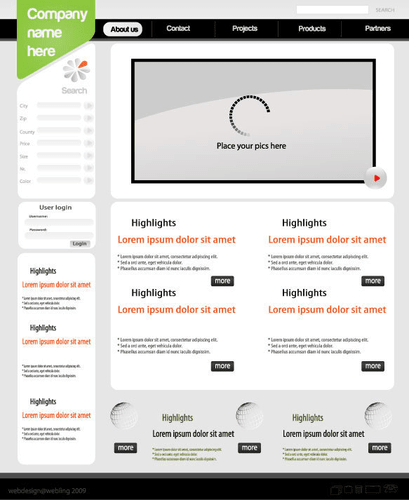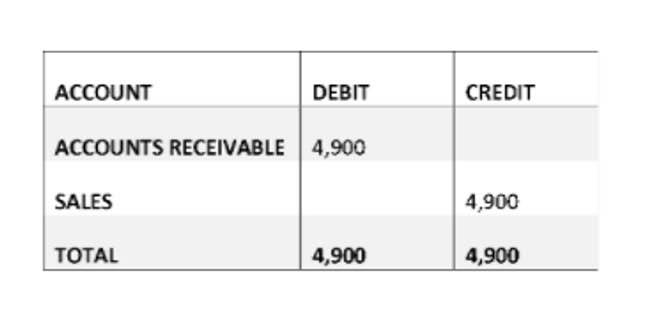For businesses involved in international trade, mastering Incoterms is crucial as these standardized rules define the allocation of costs, risks, and responsibilities between buyers and sellers. CIP is applicable to industries involved in construction or major capital projects, including real estate, infrastructure, manufacturing, and oil and gas. Bookkeeping for Chiropractors Companies in these sectors commonly have projects that span extended periods, leading to the need for accurate CIP accounting. CIP plays a crucial role in project management by providing real-time data on costs and progress.
Changing Accounting Principles: Impacts and Best Practices
One widely adopted method is the percentage-of-completion approach, which allows companies to recognize revenue based on the project’s progress. This method aligns revenue recognition with the actual work completed, providing a more accurate reflection of the project’s financial status. For instance, if a project is 60% complete, 60% of the total contract revenue can be recognized.
Is Construction in Progress Depreciated?
Once the project is operational, the CIP account balance is transferred to the relevant fixed asset account, such as “Building” or “Machinery,” and depreciation income summary begins. For professional assistance with CIP accounting or GAAP compliance, contact PVM Accounting today! Create a construction-in-progress account under the PP&E section of your balance sheet.
- It’s also crucial when a company needs to secure bank loans, demonstrate bond capacity, and receive audit and assurance services.
- By implementing best practices and leveraging professional support, you can ensure your financial records are accurate and audit-ready.
- Keep comprehensive records of all expenses, including receipts and invoices, to justify costs during audits.
- Once the construction is complete, the CIP account transitions to the appropriate fixed asset account, and depreciation begins.
- CIP accounting and Work in Progress (WIP) accounting are often used interchangeably, but they have different meanings.
- In this blog, we’ll explore how CIP accounting works within the GAAP framework, why it’s essential, and how to apply it to your construction projects.
How does CIP affect project management?
Monitoring these cash flows is essential for maintaining liquidity and ensuring that the company can meet its short-term obligations while investing in long-term growth. Another objective of recording construction in progress is scrutiny and audit of accounts. The construction in progress can be the largest fixed asset account due to the possibility of time it can stay open.
Step-by-Step Guide to Accounting for Construction in Progress
By keeping accurate records of expenses, businesses can ensure that projects are completed within budget and on time. CIP accounting also enables businesses to accurately report the value of their construction projects in their financial statements. Construction companies and contractors understand construction projects can span months or years before completion due to the scope of work. Between the start and end of a project, companies must maintain construction accounting records to track costs and revenues. It’s a method a construction company uses to record and report financial transactions and progress from beginning to end.
- For a construction firm that makes a contract to sell fixed assets, the objective is the same.
- Understanding these distinctions is key to choosing the right Incoterm for your shipment.
- The seller also handles export clearance, while the buyer is responsible for import procedures and final delivery.
- The accounting treatment of CIP requires careful attention to detail and adherence to accounting standards and principles.
- Together, they provide a framework to manage and report project expenses effectively.
By assigning specific codes to various cost categories, such as labor, materials, and subcontractor fees, companies can achieve a granular level of tracking. This system not only facilitates more accurate reporting but also aids in identifying cost overruns and inefficiencies early in the project lifecycle. For instance, if labor costs are consistently exceeding budgeted amounts, project managers can investigate and address the issue before it escalates. The article is to help you have a clear understanding of how to do accounting treatment of construction in progress in financial statements of a business. Once costs have been allocated, and meets the criteria for capitalization, it is added to the CIP asset account in the company’s general ledger.









